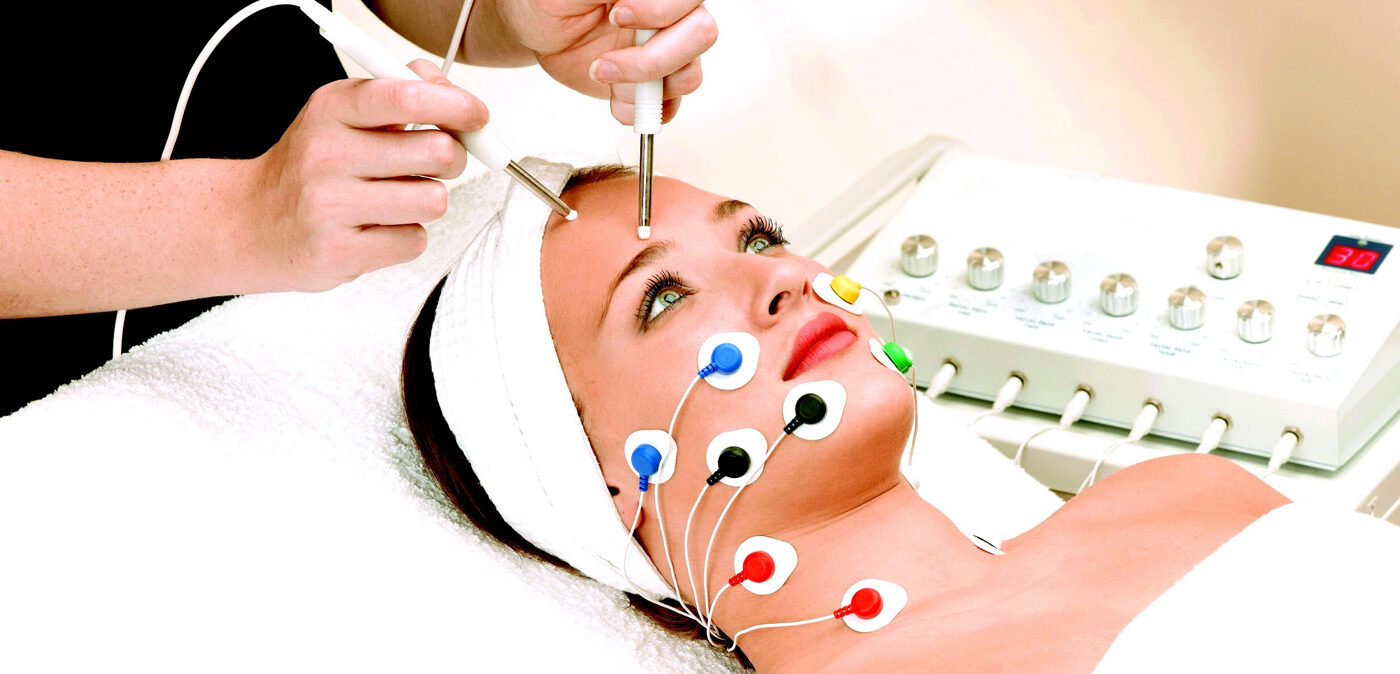Medical electrodes play an important role in modern medicine as essential tools for both diagnosis and treatment of various medical conditions. These devices help doctors acquire physiological signals from the patient’s body to understand their state of health and guide therapies.
Types of Medical Electrodes
There are different types of medical electrodes used depending on the application and the physiological signal that needs to be acquired. Some of the most common types include:
Electrocardiography (ECG) Electrodes
ECG electrodes are the most widely used Medical Electrodes that help acquire electrical signals from the heart known as electrocardiogram. They are applied externally on the patient’s chest, arms and legs to record the heart’s electrical activity through the skin. Different lead configurations and electrode placements are used in ECG to view the heart from multiple angles.
Electroencephalography (EEG) Electrodes
EEG electrodes are applied on the scalp to non-invasively record the brain’s spontaneous electrical activity patterns known as electroencephalogram. They help clinicians diagnose epilepsy, sleep disorders, brain death and other neurological conditions. EEG utilizes various electrode placements and configurations based on the international 10-20 system.
Neuromuscular Electrodes
These electrodes help in electromyography (EMG) procedures to evaluate muscles and nerve conditions. Surface electrodes are placed over muscles to record electrical activity during muscle contraction and relaxation. Needle electrodes can be inserted into muscles for more specialized EMG tests.
Pacemaker Electrodes
Cardiac pacemaker electrodes are implanted surgically on the heart to deliver electrical impulses and restore normal heart rhythm in patients with bradycardia. Different types like unipolar and bipolar pacing electrodes are used depending on the condition and therapy needs.
Use of Medical Electrodes in Diagnosis
Medical electrodes help physicians acquire vital physiological signals from the body non-invasively for diagnostic purposes. Some key diagnostic areas where electrodes are utilized include:
Cardiology
ECG electrodes are routinely used in cardiology for electrocardiography to evaluate the heart’s structure and electrical conduction. This test is essential for diagnosing arrhythmias, prior heart attack, cardiomyopathies and other cardiac conditions. ECG screening is also done among asymptomatic individuals to detect underlying heart issues.
Neurology
EEG electrodes applied on the scalp play a pivotal role in diagnosing seizure disorders, brain infections, head injuries, strokes and dementias based on analysis of EEG patterns. Electrode-based testing aids neurologists in arriving at an accurate diagnosis and treatment planning.
Neuromuscular Disorders
EMG with surface and needle electrodes allows clinicians to evaluate muscles, nerves and neuromuscular junction function. Specific conditions like myopathy, neuropathy, motor neuron disease, peripheral nerve injuries are identified through EMG findings.
Use of Medical Electrodes in Treatment
Besides diagnosis, electrodes are indispensable therapeutic tools widely used in different areas for patient management:
Cardiac Pacing
Permanent pacemaker electrodes implanted via minor surgery help restore normal heart rhythm through cardiac pacing in patients with bradycardia. Electrodes deliver electrical impulses for rate and rhythm control.
Defibrillation
Internal cardioverter defibrillator (ICD) electrodes placed surgically help terminate lethal abnormal heart rhythms like ventricular fibrillation through defibrillation shocks and prevent sudden cardiac death.
Neuromuscular Stimulation
Surface electrodes provide electrical stimulation to muscles for rehabilitation of neuromuscular injuries and conditions like stroke, spinal cord injury and post-orthopedic surgeries to speed up recovery.
Electroconvulsive Therapy
ECT uses electrodes placed on the head to deliver brief, controlled electric pulses to induce seizure activity for treating severe depression, bipolar disorder, catatonia and other mental illnesses when medication fails.
Advances in Medical Electrode Technology
Continuous research and development is bringing newer electrode materials, designs and technologies for enhanced medical diagnostics and therapeutics:
– Dry electrode systems do away with electrolytic gels or pastes between skin and electrode for more comfort. Some can even be used during bathing.
– Wireless electrodes transmit physiological signals via Bluetooth for unconstrained long-term ambulatory monitoring outside hospitals.
– Multi-element electrode arrays with dozens of electrical sensing points are being designed for high resolution EEG, ECG mapping and other advanced tests.
– Materials like graphene and carbon nanotubes are being evaluated to develop ultra-flexible, stretchable electrodes for use on variable body surfaces and prosthetics.
– Nanofibers and nanoparticles coated on electrodes aim to improve tissue contact, amplification of tiny bioelectric signals and biocompatibility.
Medical electrodes occupy a crucial position in modern healthcare through non-invasive investigation and management of numerous conditions affecting the cardiovascular, neurological and muscular systems. Constant technological enhancement further broadens the scopes of clinical applications of these valuable diagnostic and therapeutic aids.
*Note:
1. Source: Coherent Market Insights, Public sources, Desk research
2. We have leveraged AI tools to mine information and compile it



